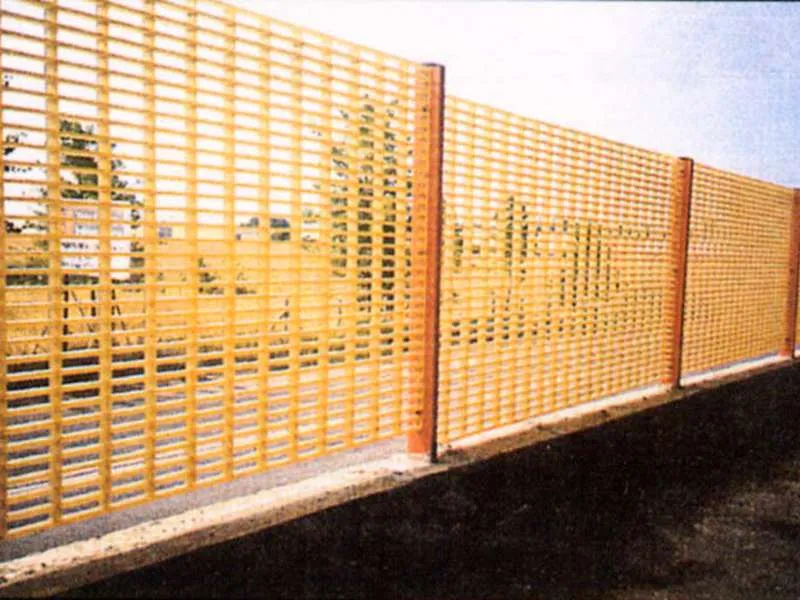
-
 Afrikaans
Afrikaans -
 Albanian
Albanian -
 Amharic
Amharic -
 Arabic
Arabic -
 Armenian
Armenian -
 Azerbaijani
Azerbaijani -
 Basque
Basque -
 Belarusian
Belarusian -
 Bengali
Bengali -
 Bosnian
Bosnian -
 Bulgarian
Bulgarian -
 Catalan
Catalan -
 Cebuano
Cebuano -
 China
China -
 China (Taiwan)
China (Taiwan) -
 Corsican
Corsican -
 Croatian
Croatian -
 Czech
Czech -
 Danish
Danish -
 Dutch
Dutch -
 English
English -
 Esperanto
Esperanto -
 Estonian
Estonian -
 Finnish
Finnish -
 French
French -
 Frisian
Frisian -
 Galician
Galician -
 Georgian
Georgian -
 German
German -
 Greek
Greek -
 Gujarati
Gujarati -
 Haitian Creole
Haitian Creole -
 hausa
hausa -
 hawaiian
hawaiian -
 Hebrew
Hebrew -
 Hindi
Hindi -
 Miao
Miao -
 Hungarian
Hungarian -
 Icelandic
Icelandic -
 igbo
igbo -
 Indonesian
Indonesian -
 irish
irish -
 Italian
Italian -
 Japanese
Japanese -
 Javanese
Javanese -
 Kannada
Kannada -
 kazakh
kazakh -
 Khmer
Khmer -
 Rwandese
Rwandese -
 Korean
Korean -
 Kurdish
Kurdish -
 Kyrgyz
Kyrgyz -
 Lao
Lao -
 Latin
Latin -
 Latvian
Latvian -
 Lithuanian
Lithuanian -
 Luxembourgish
Luxembourgish -
 Macedonian
Macedonian -
 Malgashi
Malgashi -
 Malay
Malay -
 Malayalam
Malayalam -
 Maltese
Maltese -
 Maori
Maori -
 Marathi
Marathi -
 Mongolian
Mongolian -
 Myanmar
Myanmar -
 Nepali
Nepali -
 Norwegian
Norwegian -
 Norwegian
Norwegian -
 Occitan
Occitan -
 Pashto
Pashto -
 Persian
Persian -
 Polish
Polish -
 Portuguese
Portuguese -
 Punjabi
Punjabi -
 Romanian
Romanian -
 Russian
Russian -
 Samoan
Samoan -
 Scottish Gaelic
Scottish Gaelic -
 Serbian
Serbian -
 Sesotho
Sesotho -
 Shona
Shona -
 Sindhi
Sindhi -
 Sinhala
Sinhala -
 Slovak
Slovak -
 Slovenian
Slovenian -
 Somali
Somali -
 Spanish
Spanish -
 Sundanese
Sundanese -
 Swahili
Swahili -
 Swedish
Swedish -
 Tagalog
Tagalog -
 Tajik
Tajik -
 Tamil
Tamil -
 Tatar
Tatar -
 Telugu
Telugu -
 Thai
Thai -
 Turkish
Turkish -
 Turkmen
Turkmen -
 Ukrainian
Ukrainian -
 Urdu
Urdu -
 Uighur
Uighur -
 Uzbek
Uzbek -
 Vietnamese
Vietnamese -
 Welsh
Welsh -
 Bantu
Bantu -
 Yiddish
Yiddish -
 Yoruba
Yoruba -
 Zulu
Zulu
fiberglass products for high temperature
Fiberglass Products for High Temperature Applications
Fiberglass, a composite material made from fine glass fibers, has become indispensable in various industries due to its versatile properties, particularly its excellent thermal resistance. In high-temperature applications, the use of fiberglass products is crucial for ensuring safety, efficiency, and longevity. This article explores the characteristics, benefits, and applications of fiberglass products specifically designed to withstand high temperatures.
Characteristics of Fiberglass
Fiberglass is known for its lightweight nature, high strength-to-weight ratio, and excellent insulation properties. These characteristics make it suitable for high-temperature environments, where traditional materials may fail. Fiberglass can typically withstand temperatures ranging from 200°F (93°C) to 1000°F (538°C), depending on its formulation and the presence of additives.
Several types of fiberglass products, such as mats, fabrics, and blankets, are specifically designed for thermal insulation. These products are constructed using different weaving techniques and fiber compositions to enhance their ability to resist heat. For instance, E-glass (electrical grade glass) is commonly used for its reliable insulating properties, while S-glass (high-strength glass) is chosen for applications requiring higher tensile strength.
Benefits of Fiberglass in High Temperature Applications
1. Thermal Insulation One of the primary advantages of fiberglass is its superior thermal insulation properties. Fiberglass remains effective in preventing heat transfer, which helps in maintaining desired temperatures in various industrial processes. This is particularly beneficial for equipment like pipes, tanks, and furnaces that operate under extreme temperatures.
2. Chemical Resistance Fiberglass is inherently resistant to many chemicals, including acids and bases. This characteristic extends its usability in industries such as chemical processing and petrochemical, where materials are often subjected to harsh environments.
3. Fire Resistance Fiberglass products are non-combustible and self-extinguishing, making them an ideal choice for applications requiring fire safety. This quality is essential in protecting equipment and ensuring the safety of personnel in high-temperature environments.
4. Durability and Longevity The robust nature of fiberglass means that it can endure harsh conditions without significant degradation. Fiberglass products exhibit resistance to wear and tear, reducing the need for frequent replacements and minimizing downtime in industrial applications.
fiberglass products for high temperature

5. Lightweight Compared to traditional materials like metal or ceramics, fiberglass is significantly lighter. This feature facilitates easier handling and installation, making it a cost-effective solution for high-temperature applications.
Applications of Fiberglass Products
Fiberglass products find their application in various industries, including but not limited to
- Aerospace In the aerospace industry, fiberglass is used for insulation in engines and high-heat areas of aircraft. Its lightweight and insulating properties contribute to fuel efficiency and overall flight safety.
- Automotive Fiberglass is increasingly utilized in automotive components, such as heat shields and exhaust insulations. It helps protect sensitive electronic parts and reduces heat transfer to the vehicle's interior.
- Industrial Insulation Many manufacturing processes, including metal forging and glass manufacturing, require effective thermal insulation. Fiberglass insulation blankets and boards are widely used to cover equipment and ensure operational efficiency.
- Construction In the construction industry, fiberglass is employed in roofing and wall systems. It provides thermal insulation while also serving as a fire-resistant barrier, enhancing the overall safety of buildings.
- Marine The marine industry utilizes fiberglass for boat hulls and insulation components. Given its resistance to water and corrosion, fiberglass is a preferred material for components exposed to harsh marine environments.
Conclusion
Fiberglass products for high-temperature applications represent a vital innovation in material science, offering a combination of thermal resistance, durability, and lightweight convenience. With their growing use across various industries, fiberglass continues to play a crucial role in ensuring safety and efficiency in high-temperature environments. As technology advances, we can expect even more innovative applications and formulations of fiberglass that further enhance its functionality in demanding conditions.









